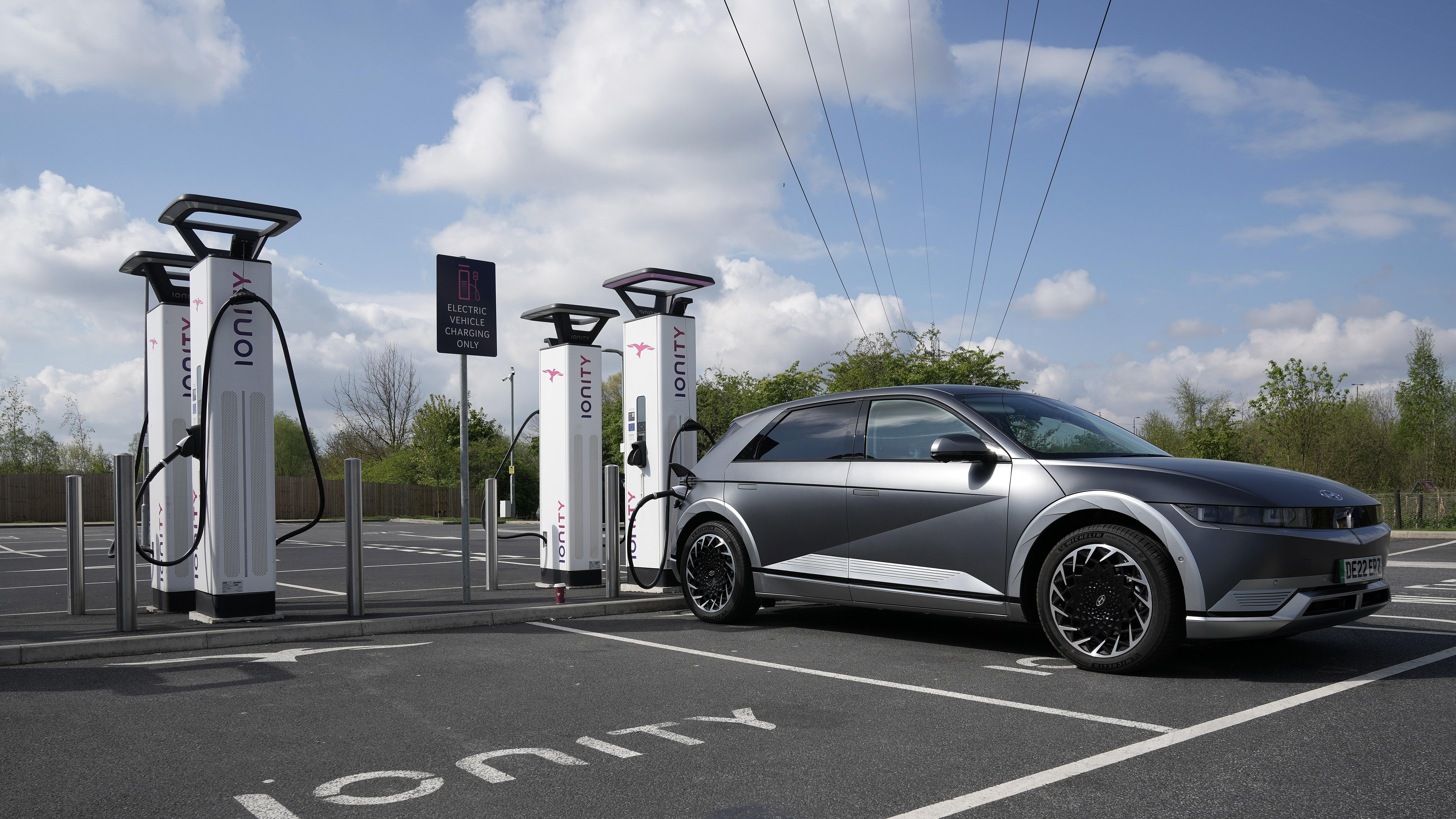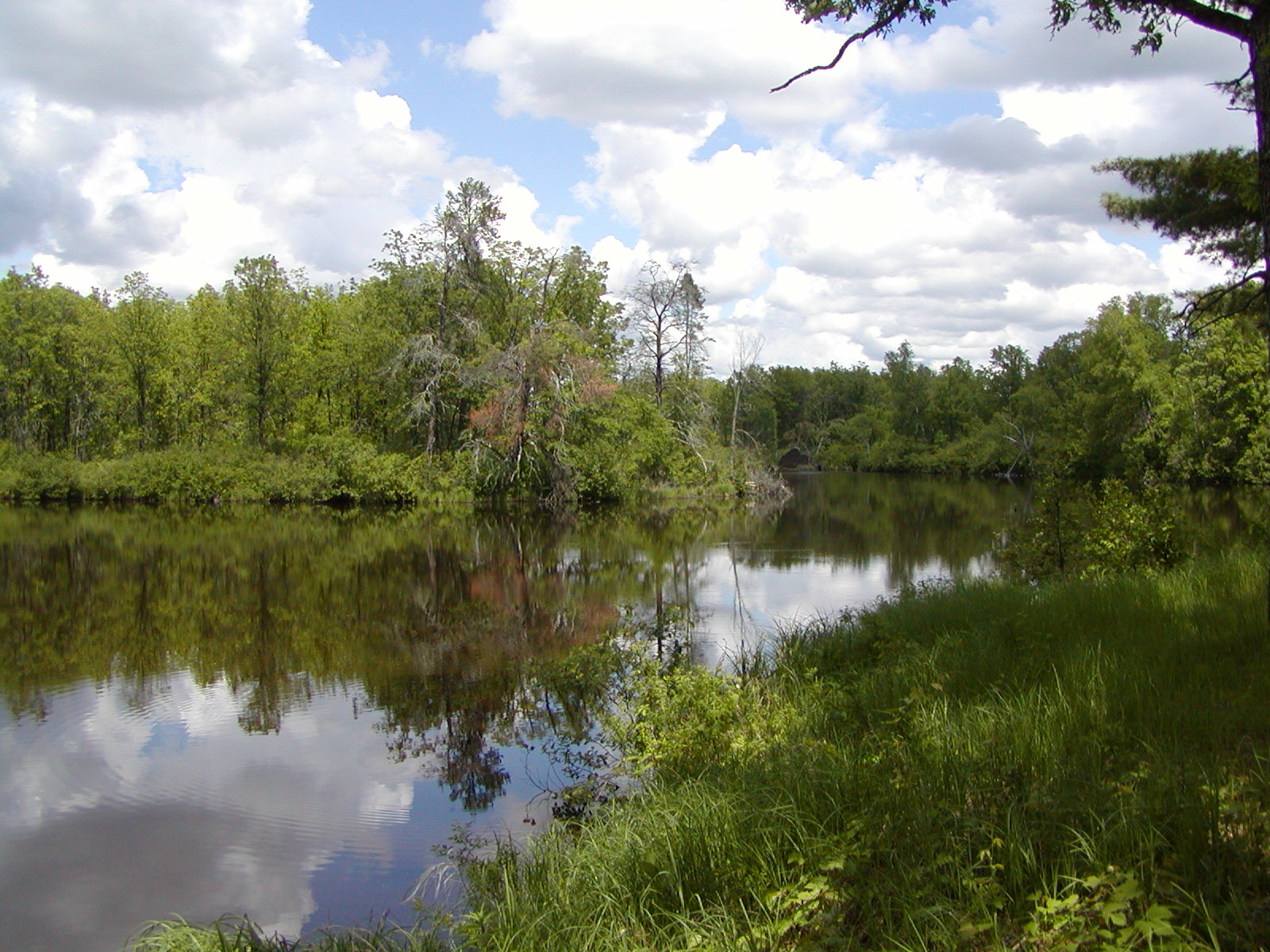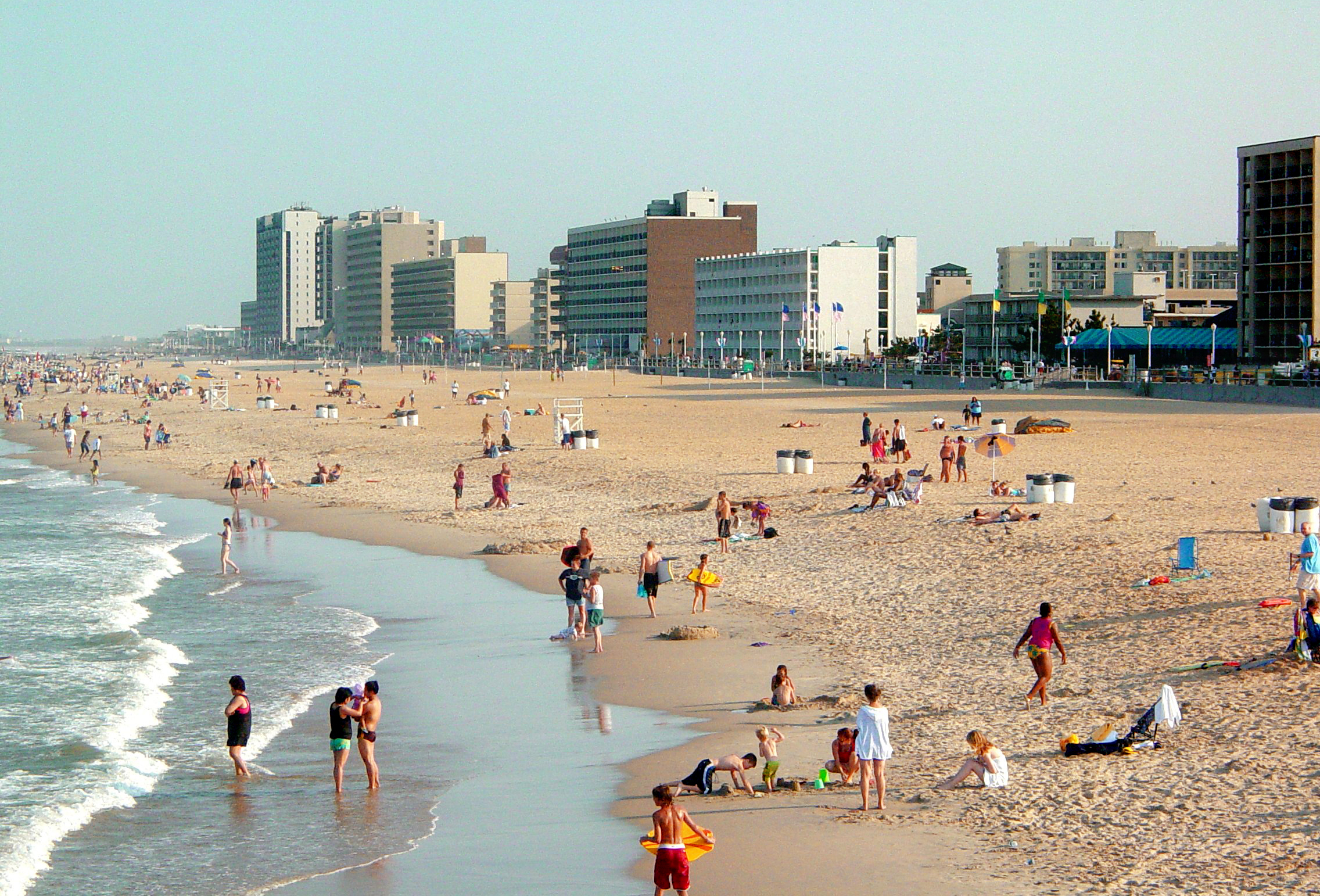How California's Internal-Combustion Ban Could Affect 17 Other US States
17 states follow California's vehicle emissions laws, but that doesn't necessarily mean they'll all ban the sale of new internal-combustion vehicles after 2035.
California is banning the sale of new gasoline-powered cars starting in 2035. This decision, as you might imagine, has led to some highly normal opinions online — including from Virginia Governor Glenn Youngkin, who called the policy "out of touch" while decrying his state's previous administration as having "sold out Virginia" by adhering to California emissions laws.
My statement on untying Virginia from California's EV rule: https://t.co/BWSQKSgN4V pic.twitter.com/MK3mNKPyBb
— Governor Glenn Youngkin (@GovernorVA) August 26, 2022
Of course, California has had the authority to set its own emissions regulations since before the federal government even had any emissions laws, and states have long had the ability to hitch their regulations to California's mandates rather than the federal Clean Air Act. But Youngkin's tweet got us all thinking: How will California's ICE ban actually affect the eighteen states that follow in its legal footsteps? Let's figure it out, state by state.
California
Fun fact: California was the first state to adopt California emissions regulations. Over the years, the state has modified its laws a number of times to add stringency, but the latest set of regulations is the strictest: after 2035, the sale of brand-new fossil-fuel-burning cars will be banned in the state.
This isn't strictly an emissions regulation. California law covers car and truck exhausts in Title 13 of the California Code of Regulations, section 1961 (13 CCR § 1961 if you're naughty). The most relevant update to this section, 13 CCR § 1961.4, never establishes a hard cap of zero tailpipe emissions — it doesn't need to.
The job of fully outlawing gas cars comes in the following section, 13 CCR § 1962. That section covers automaker fleets, and what percentage of vehicles sold in California must be zero-emissions. The latest update, 13 CCR § 1962.4, mandates that 100 percent of vehicles sold by an automaker in 2035 must be zero-emissions. Actual tailpipe emissions regulations never go to zero because fleet percentage laws take up the slack — a distinction that's unimportant to California buyers, but matters for the other states that mimic California's rules.
See, out of the 17 other states that look to California for emissions rules, only 15 follow the California Air Resource Board's legislation on zero-emissions vehicle fleet percentages. Even among those 15, however, things get weird and more technical on a state-by-state basis.
New York
New York was the first state to hop on the CARB train, adopting California's laws in the early Nineties. The Empire State complies with both California's tailpipe emissions and zero-emissions fleet percentage mandates, but NY's laws specifically list subsections of the California legal code to follow.
6 NYCRR § 218-2.1 lays out those codes, but it hasn't been updated in nearly six years. Therefore, NY's zero-emissions mandates don't include the new California legislation that bans ICE vehicle sales. While it's entirely possible that New York will update this language once the California rule takes effect, the state hasn't yet made the effort to include the latest round of California's revisions.
Similarly, 6 NYCRR § 218-4.1 lists sections of the California law that New York will follow, including those pertaining to zero-emissions vehicles, but this section of New York law appears to have been last updated around six years ago too. As of right now, it looks like New York won't ban internal-combustion vehicles alongside California.
Massachusetts
Massachusetts covers zero-emissions vehicles in the Code of Massachusetts Regulations, specifically 310 CMR § 7.00. In it, Massachusetts adopts California's rules for both tailpipe emissions and zero-emissions vehicles.
ZEVs being our focus, we look to 310 CMR § 7.40. Subsection 13 of that law covers zero-emissions percentage mandates, but as with New York, the Massachusetts legislation is out of date. Massachusetts parallels California as far as 13 CCR § 1962.2, far from the 1962.4 that bans ICE vehicles. MA law specifically says that "for 2018 and subsequent model years," vehicles must follow the now-outdated California statues. So, for now, no ICE ban in Massachusetts.
Vermont
Vermont also follows California for both tailpipe emissions and ZEV targets. The state's emissions code was updated in 2018, and as such, includes updates to California's law that are newer than what New York and Massachusetts include. It stops short, however, of the 2022 updates.
Vermont Air Pollution Control Regulations § 5-1106 covers manufacturer fleet requirements, each referring back to the California laws. But in Appendix F of that bill, it only includes the then-current version of the CCR — nothing about more recent additions. In short, no ICE ban in Vermont for now.
Maine
Maine follows California for both tailpipe emissions laws and zero-emissions percentages. It also publishes its laws as Word documents, compatible with Office 2003. If you're wondering why I didn't go into law, it's shit like this.
06-096 CMR 127 § 7 covers fleet emissions requirements in Maine, including ZEV mandates. It, again, only covers up to California's "2018 and later" requirements — not this year's edits. While they could be added, they haven't yet. For now, internal combustion is safe in Maine.
Pennsylvania
Pennsylvania is the first state on our list that only follows half of California's regulations: PA parallels CA on tailpipe emissions, but ignores the west coast state's zero-emissions percentage mandates. Unless Pennsylvania decides to follow California's fleet percentage law, there's nothing to indicate that the state will ban internal-combustion vehicles now or in the future.
Connecticut
Connecticut takes us back to the tailpipe emissions and ZEV percentage combo, with the state following in California's footsteps on both fronts. The most recent versions of these requirements are found in Connecticut Agencies Regulations § 22a-174-36c, the "Low Emission Vehicle III Program."
This statute once again follows Californian law up to, but not including, the 2022 updates. Interestingly, however, Connecticut's general statutes may require it to adopt the updated California ZEV requirements. Connecticut General Statute § 22a-174g required the state's Commissioner of Energy and Environmental Protection to create regulations at parity with California's back in 2004, and states that the commissioner "shall amend such regulations from time to time." It seems reasonable to assume that any such future update would include California's ICE ban, unless Connecticut changes that portion of the law.
Rhode Island
Rhode Island similarly follows California on ZEV requirements, but the nation's smallest state last updated its regs to match CA's back in 2018. While the state's website seems to list its emissions controls laws as being in some quantum superposition of active and inactive, it hasn't yet become the coal-rolling capital of the world — we can safely assume the state still enforces emissions laws.
250 RICR § 120-05-37.7 sets Rhode Island ZEV requirements at parity with California's, at the time of the bill's writing. However, 250 RICR § 120-05-37.1.2 states that "Rhode Island is adopting California Air Resources Board vehicle standards" — presumably, given that language, that means all of them. Expect to see this updated, either to ban ICE cars or to divorce the state's rules from the latest CARB updates.
Washington
Washington's approach is refreshingly simple: "Adoption or adoption by reference means the rule applies as if it was copied into this rule. California Code of Regulations mentioned in this rule are adopted as they exist on June 22, 2021." Don't you love a good copy-paste law?
Of course, being a 2021 statute, 173 WAC 423-030 omits the latest California updates. It's more recent than many of the other state statues on this list, but still predates California's whole-cloth ICE ban. The point is moot, though: Washington state has already announced its own ban on the sale of new combustion engine vehicles starting in 2035.
Oregon
Oregon takes a similar approach to Washington, copy-pasting California regulations into its own laws. "[U]nless otherwise specified in this division or the application is clearly inappropriate, 'California' means 'Oregon,'" is a nice, legible sentence for legislation. Do more of this, lawmakers.
OAR § 340-257-0050 is the relevant law here, which once again directly lifts California law as written in 2021. Oregon states that "vehicles must comply with each applicable standard specified in the following sections," which seems to allow the state far more wiggle room in adoption than Rhode Island's language. So while Oregon imported California's rules as they were written in 2021, the northwest state doesn't seem to be under any obligation to keep up with California's changes. No ICE ban for now.
New Jersey
New Jersey follows tailpipe and ZEV regulations from California, though its law addressing ZEVs is short and succinct. NJAC § 7:27-29.6 only includes the original California sales requirements that took effect in 2009, with no reference made to any updates past that point. So, Jersey's off the hook, right?
Not so. NJAC § 7:27-29.13, New Jersey's section on incorporating Californian law, specifically states that "all provisions of regulations incorporated into this subchapter from the CCR ... are continually automatically updated in order to maintain consistency with the most current CCR. Thus, any supplements, amendments, and any other changes ... by the state of California, shall be paralleled by a similar change to the New Jersey rule." New Jersey automatically adopts California updates, so by the current law, the Garden State will automatically adopt the 2035 ICE ban as well.
Maryland
Maryland takes an interesting approach here, not referencing California laws by number in its own relevant statutes. Maryland Code of Regulations 26.11.34.09 only references "the California Zero Emission Vehicle Requirements," rather than specifying 13 CCR 1962.
This is because another section of Maryland's law makes that specific reference. Maryland Code of Regulations 26.11.34.02 lists the applicable California laws, and was last updated to be effective in 2019. The state has a history of keeping up to date with California codes, however, so don't be surprised if Maryland updates this statute again and adopts the 2035 ban.
Delaware
Delaware adopts California's tailpipe emissions laws, but not California's approach to zero-emissions vehicles. Without any reference to ZEV percentages, let alone 13 CCR § 1962.4 specifically, Delaware has no obligation to ban the sale of ICE vehicles.
The state has announced its intent to sign on for ZEV requirements, but it's unclear whether any specifics have been worked out. Whether that means Delaware will follow California's new 13 CCR 1962.4, or simply the earlier versions used by many other states, remains to be seen.
Colorado
Colorado once again includes California's ZEV laws, but only specifies California's 2018-and-later percentage charts. 5 CCR 1001-24-D (Colorado Code of Regulations, not to be confused with California) refers back to California's percentage requirements, but only with the now-outdated numbers.
5 CCR 1001-24-E, Colorado's incorporation by reference section, states that "All references to the California Code of Regulations in this Regulation Number 20 mean the versions specified in the table." Once again, no mention of including new regulations by default. As of right now, no ICE ban in Colorado.
Minnesota
Minnesota is the latest state to fully adopt Californian emissions regulations, including ZEV percentages. However, it's not that recent — Minnesota still relies on the 2018-and-beyond ruling California made years ago. Minnesota Rules § 7023.0300 is the official statute requiring California compliance.
Minnesota Rules § 7023.0150 defines which California laws are included, and it specifically says the regulations are "not subject to frequent change." Minnesota may update its laws in accordance with California's, but they aren't updated by default. So unless the state takes specific action to do so, no ICE ban at this moment.
Nevada
Nevada's Administrative Code makes numerous references to California law, including both ZEV and tailpipe statutes. These laws, however, haven't taken effect yet in Nevada — the zero-emissions vehicle requirements begin in 2025.
NAC § 445B.838 is the relevant section here, which directly references the now-outdated California code. Nevada's incorporation by reference section even specifically states that each law is included "as it existed on January 1, 2020." That means California updates are not automatically applied to Nevada. No ICE ban for now.
Virginia
Ah, the state that got this whole day-long research project started. Virginia adopts California regulations through its own air quality board, whose regulations can be found here. 9VAC5-95-40 is the section we're interested in for ZEVs, and 9VAC5-95-40B is the paragraph that specifically includes the California statute. As usual, it cites the older California ZEV percentage law.
Virginia doesn't have an automatic-update clause in its incorporation by reference section, so its laws don't necessarily change when California's do. The commonwealth does need to do at least some updating, however, since it still says "on line" as two words. C'mon now.
New Mexico
New Mexico's Clean Car Rule only took effect last month, following California's lead for both tailpipe emissions and ZEV sale percentages. The relevant ZEV statute, N.M. Code R. § 20.2.91.108, calls out the same California code as most of the other states — code that predates California's latest zero-emissions mandate.
New Mexico's administrative code also has some writing around which California laws have been imported, under N.M. Code R. § 20.2.91.102. This section specifies that "incorporated sections of the CCR ... do not incorporate a later adoption or amendment of the regulation." If New Mexico wants to ban ICE cars, it'll need to pass new amendments to its existing laws.


















